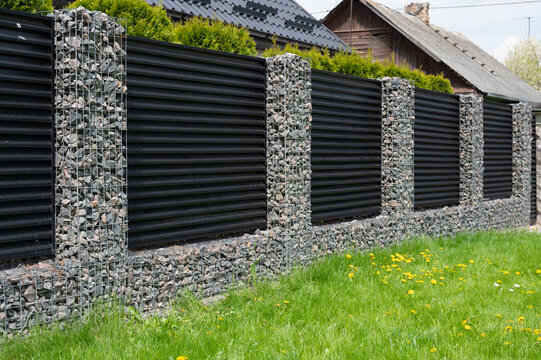Contact Us
RoadVision AI
Private Limited
Office No. 308 & 310, B Block
Ansal Chamber - 1, Bhikaji Cama Place,
Near Engineers India Limited (EIL) Bhawan, New Delhi - 110066
© 2024 | RoadVision AI | All rights reserved
The Indian Roads Congress (IRC) has played a pivotal role in establishing standards for the construction and maintenance of road infrastructure in India. One of its important codes, IRC:SP:116-2018, provides comprehensive guidelines for the design and installation of gabion structures. These structures are crucial for enhancing the stability and protection of roads, embankments, and waterway systems.
This blog will explore the essential aspects of IRC:SP:116-2018, highlighting design principles, material specifications, installation methodologies, and safety considerations.

Gabion structures are retaining systems made from pre-assembled rectangular cages filled with rocks or boulders. These structures rely on their mass and flexibility to retain soil and prevent erosion. Gabions are widely used in highways, bridge abutments, and canal linings due to their strength and environmental benefits.
According to IRC:SP:116-2018, the key components of gabion structures are:
The code emphasizes designing gabion walls as gravity retaining structures. Important factors to consider include:
The base width and embedment depth are critical parameters. For walls between 1m and 6m in height, the recommended base width is 0.6 to 0.75 times the height.
Proper installation is crucial for the stability and longevity of gabion structures.
Key steps include:
The code outlines safety checks to ensure the structural integrity of gabion walls:
Gabion structures have diverse applications in civil engineering, including:
The IRC:SP:116-2018 guidelines provide a comprehensive framework for the design and installation of gabion structures. These structures offer a sustainable and efficient solution for various civil engineering challenges, especially in road and waterway infrastructure. By adhering to the code, engineers can ensure the longevity and safety of gabion-based systems.
RoadVision AI is revolutionizing road infrastructure development and maintenance with its innovative solutions powered by computer vision AI. By leveraging advanced technologies, the platform conducts comprehensive road condition monitoring and traffic surveys, enabling early detection of surface issues like potholes and cracks for timely repairs and enhanced roads. Through traffic congestion analysis, RoadVision AI provides data-driven insights to address traffic congestion challenges and optimize road usage. With a focus on building smarter and more efficient road infrastructure, RoadVision AI ensures full compliance with IRC Codes, helping engineers and stakeholders reduce costs, minimize risks, and improve road safety and transportation efficiency.